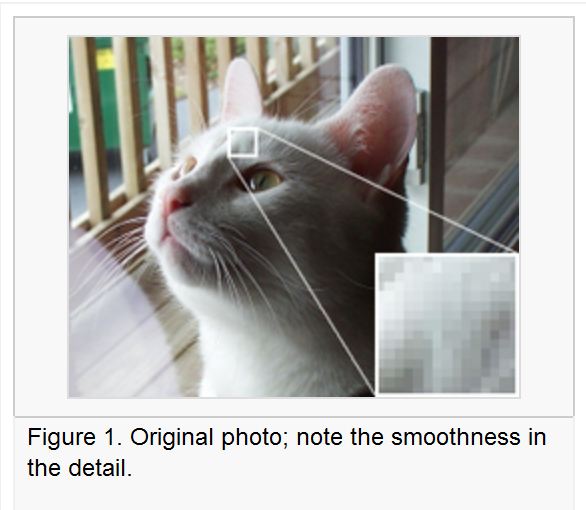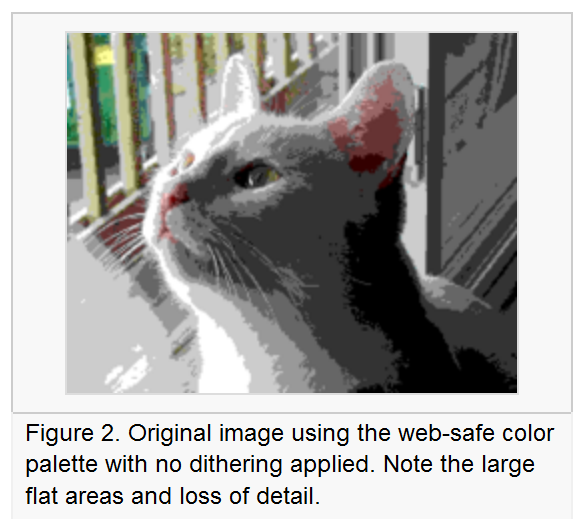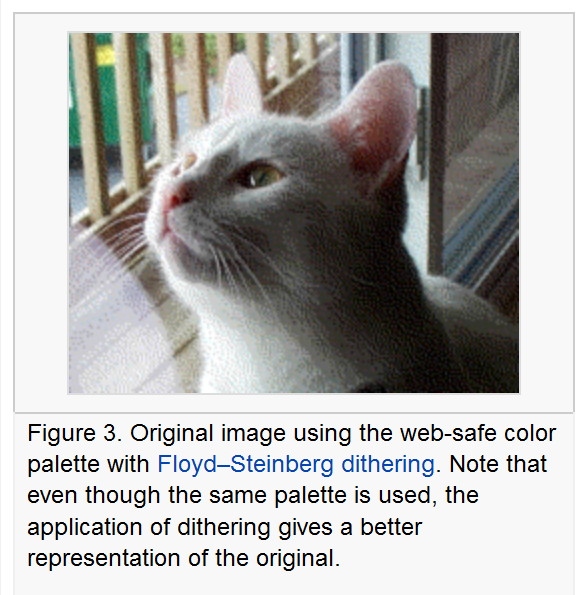Dither
by Andrew Boyd
Today, let's get digital. The University of Houston's College of Engineering presents this series about the machines that make our civilization run, and the people whose ingenuity created them.
Digital audio. Digital video. The digital world provides a precision impossible with earlier technologies. In fact, it's so precise it can make what we see and hear unnatural. But engineers have found a way to combat this unnaturalness: add imperfections.
Consider a digital picture made up of millions of tiny dots or pixels. Each pixel has its own unique color. If there are enough different colors, we don't see discontinuities — places where the sky jumps from one shade of blue to another. What we see blends together in a smooth transition from light blue to dark blue.
If there aren't enough colors, distinct jumps in color can be seen. The problem typically occurs when we change from a large color palette — in the tens of thousands — to a smaller palette of just a few hundred. A good quality camera may have a large color palette, but when the image shows up on someone's computer, the computer may not be equipped for so many colors. One answer is to simply "round" the color from the large palette to the closest color on the smaller palette. But that's where problems arise. This simple, precise solution leads to unnatural images with jumps in color.
Can anything be done to save the picture? Yes, and it's a neat little trick. We don't simply round to the nearest color, we randomly round to nearby colors. Our eyes then perceive smooth color changes. The technical term for this process is dithering, and the visual result is quite remarkable.
The same problem arises with digital audio. Listen to the following two sound clips. The first corresponds to a large color palette, the second to the same sound with a reduced color palette. Notice how the second clip has a much sharper tone than the first.
[16 bit sine wave]
[16 bit sine wave truncated to 6 bits]
Recording studios use the equivalent of large color palettes, but CDs and the Internet use much smaller palettes. Without dithering most of the music we now listen to would sound noticeably different.
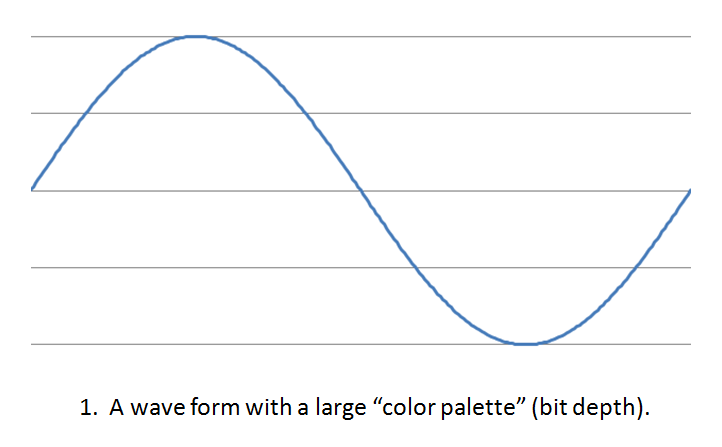
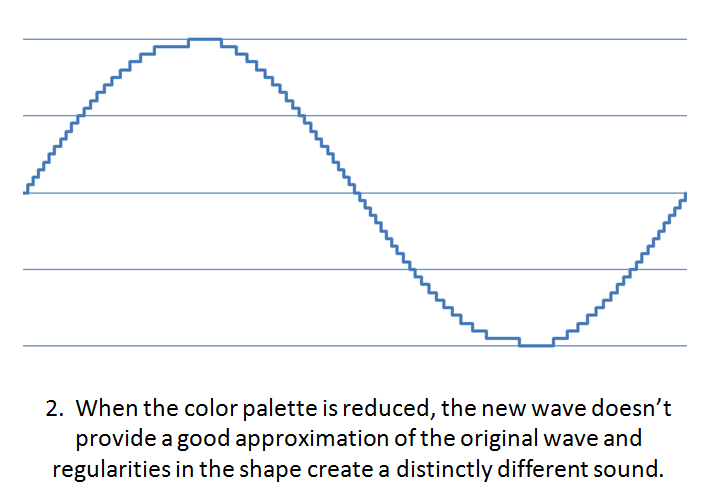
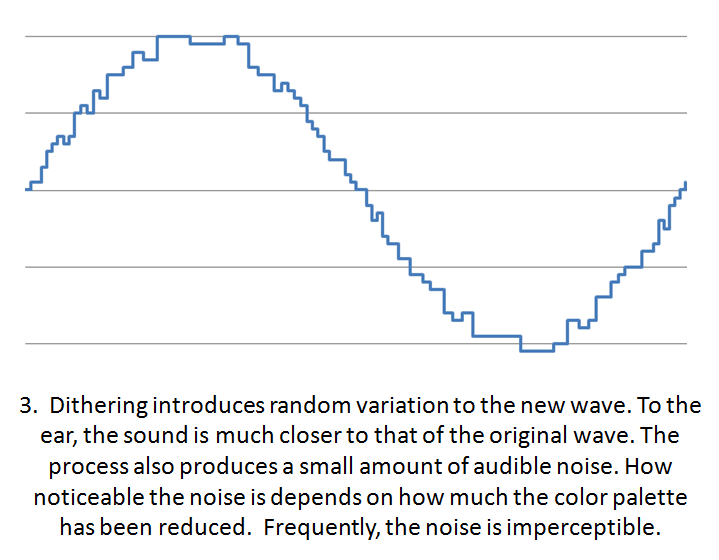
It's an odd state of affairs. Normally, technology is drawn toward ever higher degrees of precision. But here's an instance where that's not the case. Dithering, introducing random imperfections, makes things better. Of course, that's no surprise to biologists. Random mutations are critical to evolution. But random imperfections are something engineers and travel agents and soccer parents typically do their best to wipe out. Perhaps we'd do better in our increasingly digitized world if we allowed ourselves to dither now and then.
[Let's Get Digital audio]
I'm Andy Boyd at the University of Houston, where we're interested in the way inventive minds work.
Notes and references:
More precisely, changes to tone quality come from bit depth reductions in digital audio, not from changes in the "color palette." Here I have chosen to use the color palette analogy for brevity. At a mathematical level, the process of dithering is much the same for audio and video.
N. Aldrich. Dither Explained: An Explanation and Proof of the Benefit of Dither for the Audio Engineer.
Dither. From the Wikipedia website: https://en.wikipedia.org/wiki/Dither. Accessed May 22, 2012.
The audio for Let's Get Digital was created by employees of the public relations firm Text 100. A video can be found on the YouTube website.
The pictures of the cat are from the Wikipedia website on dither, which in turn are based on pictures from Wikimedia Commons.
All other pictures are by E. A. Boyd.
This episode was first aired on May 24, 2012
